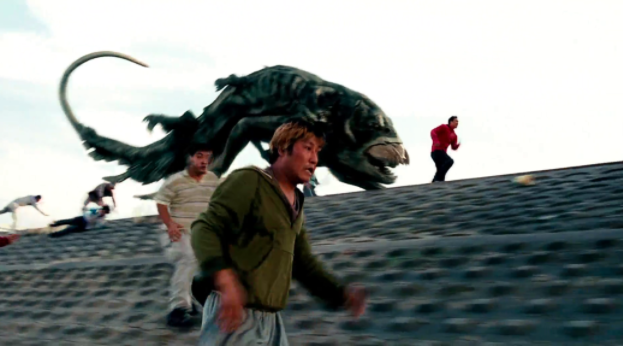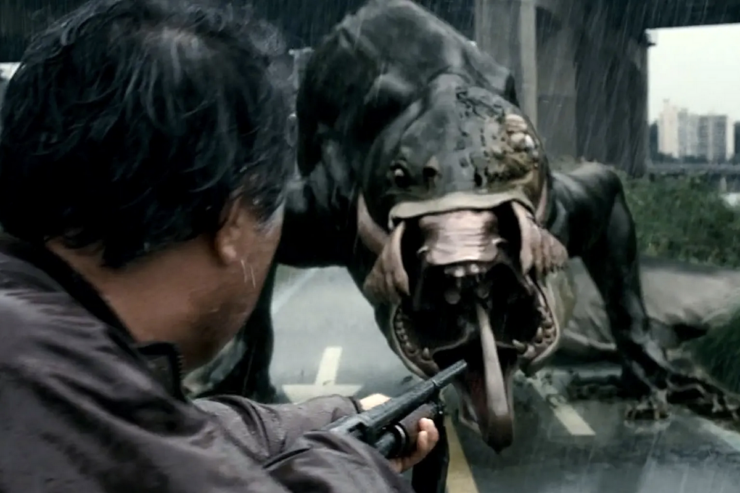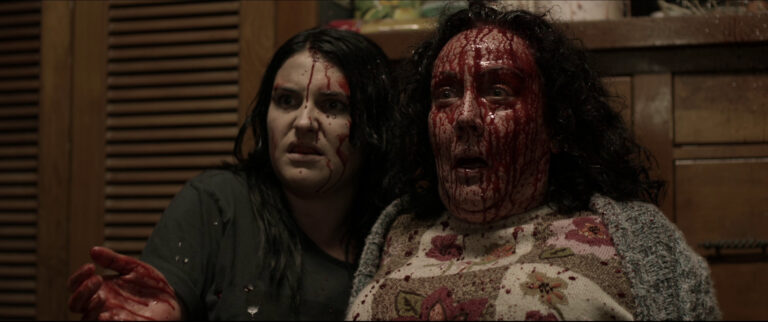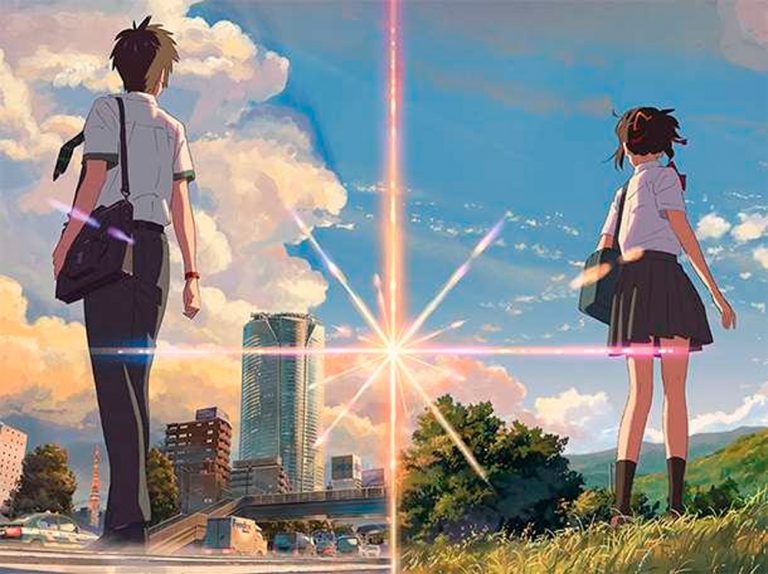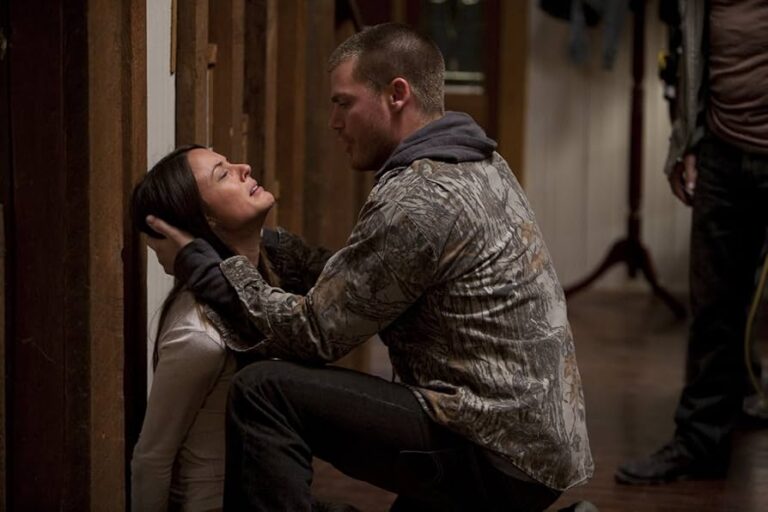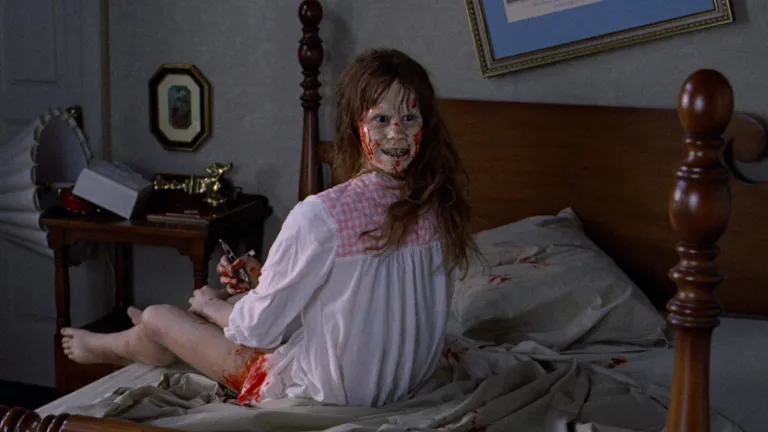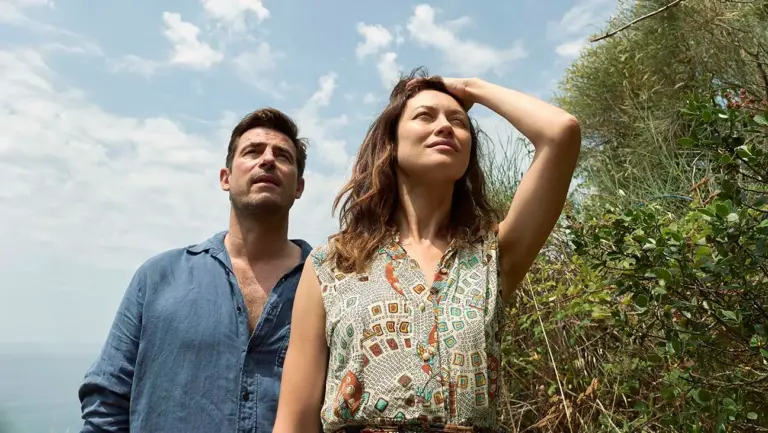Review of The Host (2006): A Monster Movie with Heart
Released in 2006, The Host made waves in South Korean cinema, earning widespread acclaim. Its compelling narrative tackles pressing issues like environmental pollution, South Korean politics, family bonds, and the concept of “seo-ri” (a term linked to begging or orphanhood). While it lacks intense action or thrills, its bold exploration of a monster theme—rare for Korean films at the time—helped it achieve high praise.
Plot and Themes
As a monster movie, The Host naturally centers on a creature, but its emotional depth sets it apart. The story begins with Park Hyun-seo (Ko Asung), a young girl kidnapped by a monster and trapped in a sewer with a small boy. Together, they survive, evoking a sense of tragedy and displacement. The boy, an orphan living a “seo-ri” life with his older brother, meets a grim fate, leaving Hyun-seo to care for the younger child. This dynamic hints at South Korea’s societal contrasts—glamour juxtaposed with hidden struggles.
The film also weaves in sharp political commentary. Environmental pollution, triggered by a foreign (American) doctor’s careless order to dump toxic chemicals into the Han River, sparks the monster’s emergence. This act of ignorance, coupled with corrupt and ineffective local governance, invites American intervention, which proves equally incompetent. The screenplay subtly critiques South Korea’s democratic challenges during a turbulent period, with foreign influence and domestic failures at the forefront.
Drama and Visual Effects
While rich in social commentary, The Host falls short in suspense and visual effects. The film lacks consistent tension, with only one notable jumpscare. The creature’s CGI, particularly in the climax where Park Gang-Doo (Kang-ho Song) impales the monster, feels dated and unpolished. Scenes like the chaotic crowd fleeing the monster reveal technical flaws when scrutinized. Compared to other films of its era, The Host’s effects don’t quite measure up, though its ambition is undeniable.
“Seo-ri” and Family Bonds
The concept of “seo-ri” is woven into the narrative, reflecting a traditional but understated issue of poverty and orphanhood. Park Gang-Doo, the protagonist, is revealed to have lived as a “seo-ri” in his youth, adding depth to his character. However, the film’s true emotional core lies in its portrayal of family. The four-member Park family risks everything—defying danger and government pursuit—to rescue Hyun-seo. This unwavering devotion is the film’s strongest asset, elevating it to a deeply moving experience.
One scene, in particular, stands out: Park Hie-bong (Hee-Bong Byun), the father, prepares to shoot the monster to protect his family, only to find his gun empty. Instead of blaming his son, Gang-Doo, for handing him an unloaded weapon, he urges him to flee. This selfless act brought me to the brink of tears, underscoring the film’s profound humanism and explaining its lasting impact.
A Lingering Question
One mystery lingers: Does Park Nam-Joo (Doona Bae) survive? A photo on a shelf in the final scene suggests she’s alive, though some argue it’s a memorial from before the events. I believe Nam-Joo lives—her absence from a memorial setting and the lack of a funeral photo support this. She likely stands alongside her sister, Hyun-seo, in spirit.
Final Thoughts
There’s little to fault in The Host. Despite its 2006 release, it outshines films like Temple 2, which feels nonsensical, or Crawl, a lackluster thriller. While Temple and Crawl aim for humanism, they fall flat with shallow humor or weak drama. Crawl edges out The Host slightly in action, but The Host’s blend of social critique and emotional depth makes it a standout. It remains a powerful, timeless film that resonates on multiple levels.

